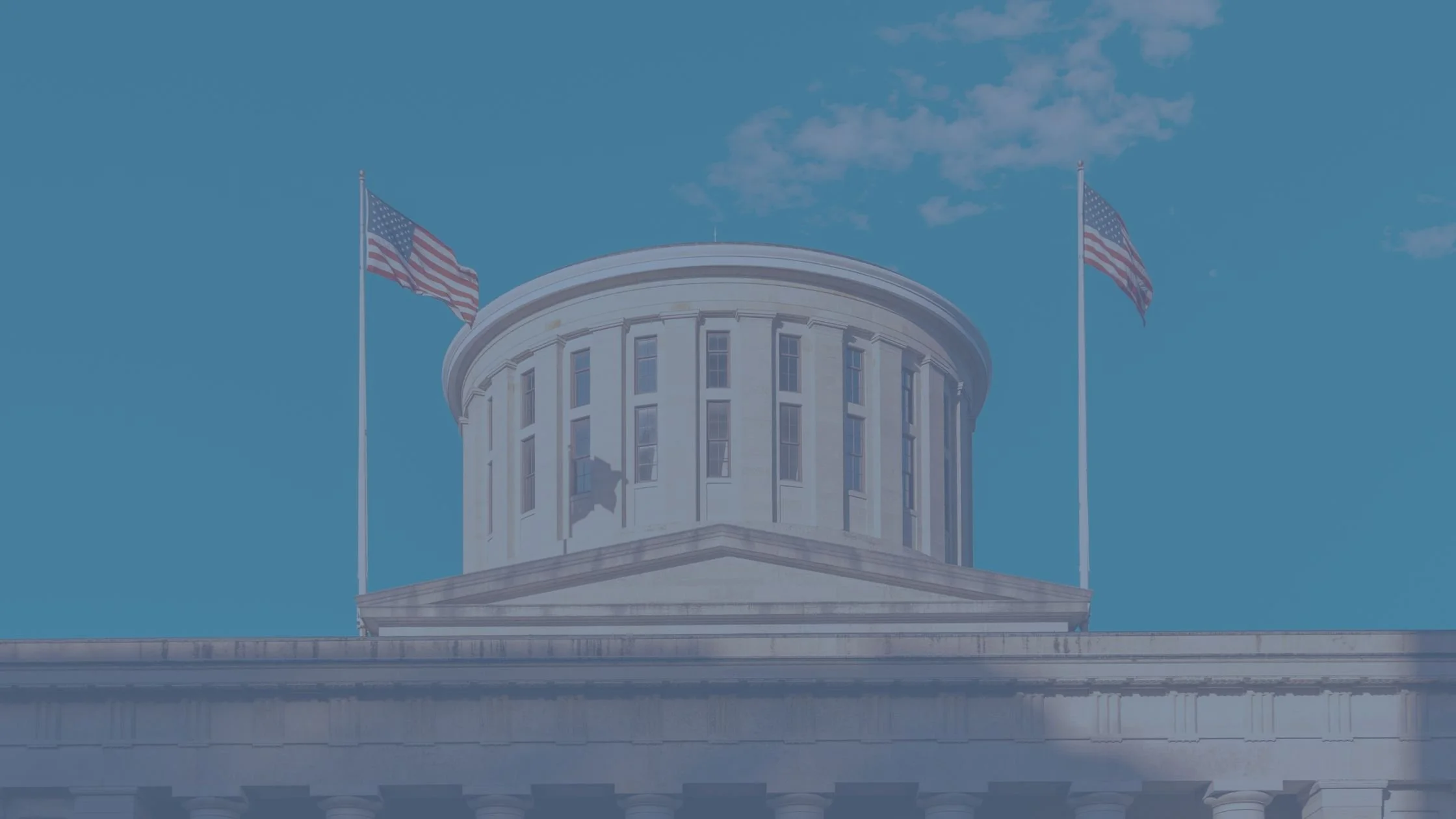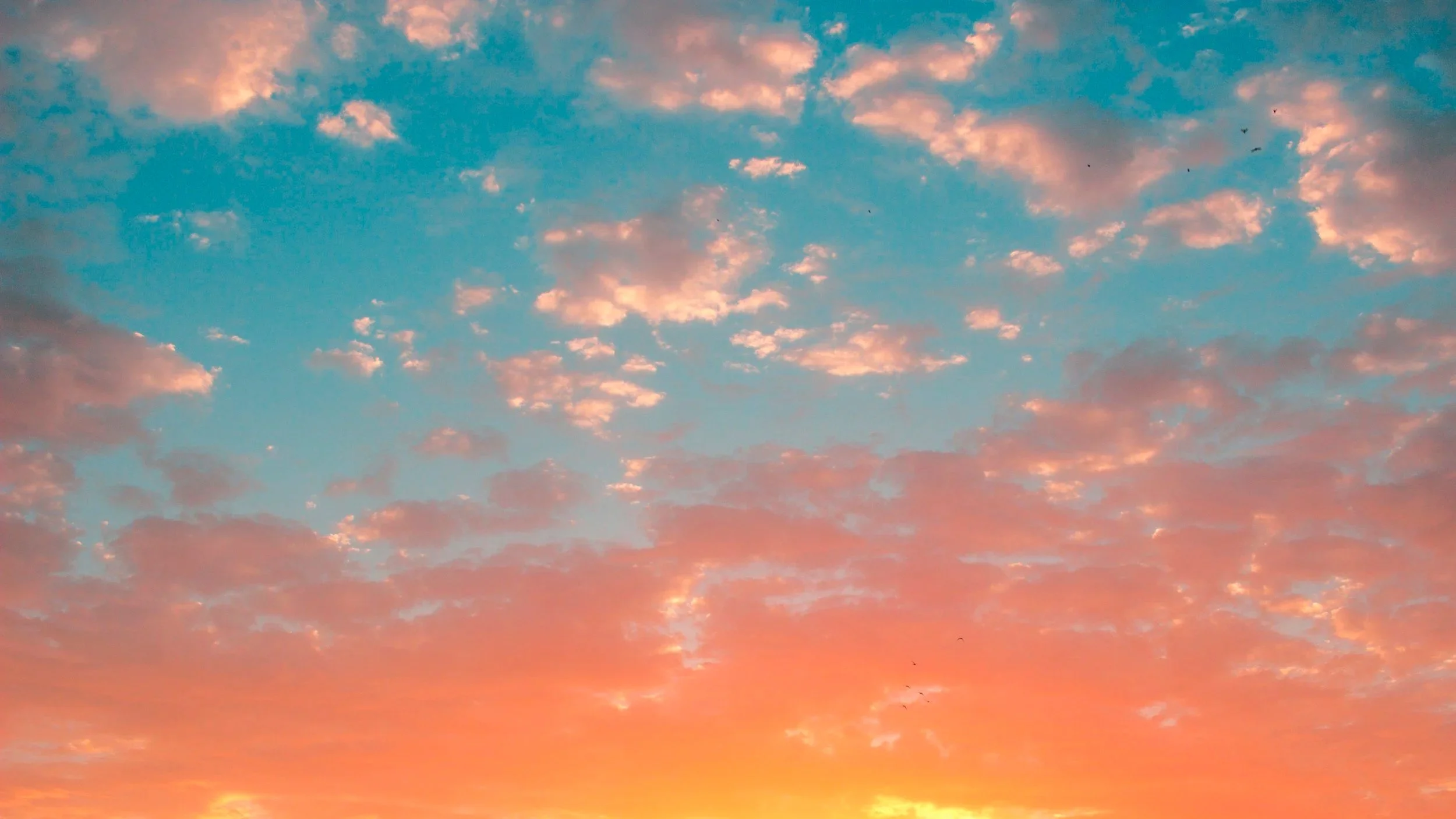We spent day 5 broken into two parts: a fast rail-trail run from Marlinton to Cass, where we had a hearty lunch before heading out on technical and steep trail. For the second time, we were astounded by how few people used the trails: the rail trail and the mountain trail. If there was a theme to these last two days, it's that the amount of trail miles (and the unsegmented length of trail miles) available in WV are incredible. We heard stories about locals using the trail for cycling and horseback riding, but we didn't meet anyone running. Instead, we met hunters and one fisherman. If there was any disturbance to a trail, it was from a hunter dragging her deer down the trail or, in one case, from a bear cantering across the trail. There were instances when we wanted to alert mountain bikers about trails so that the cyclists could help prep the trail for running. Naturally, we started planning group runs and races that we could host across our tour.
On Day 5, we started to notice that the towns that we encountered had more of a quaint small town feel. Agriculture and farming dotted the landscape when we had only encountered a few small gardens in the days prior. The dogs that greeted us turned from those sought for protection - shepherds, pit bulls, and rottweilers - to hunting dogs - labs and beagles. And chain linked fences became non-existent in our last few days. We should mention that all the dogs we met, and especially the pit bulls early in our running tour, were very friendly. I think they just wanted to run with us. Only one dog required a little assistance - Connie walked her back to her house and told her to stay, which she did.
By the time we got to Cass, we realized that people were coming in from out of town to visit or stay for the weekend. The change was remarkable. People weren't just surviving, but deciding to spend time and money on the brink of West Virginia's glorious outdoors. Even the hunters had changed. They were coming in from out-of-state to hunt here. By the time we hit Davis, full blown tourism was upon us.
The extraction industry changed from coal to timbering by Cass. Where the historical markers were telling us about labor battles between coal miners and the coal industry in our first few days, the mill town historic markers described good labor relationships between owners and workers. There were company towns and company stories in both regions, but somehow the mill towns have turned to tourist destinations. The coal historical markers were typically all alone on the side of the road without a person in sight.
The stretch from Marlinton to Cass and then Durbin to Glady led us to start talking about racing - something we didn't talk about all week. In fact, we didn't even talk about training during our 6-day adventure. There was too much to see. We talked about what we were seeing. We only started talking about racing because we wanted to figure out how to let more people see this world that we had just discovered.
The fall colors must be breathtaking, but the November landscape on our last day gave us the subtle color contrasts that only wetlands surrounded by mountains can provide. The mountains started to outcrop and become even more amplified in their scenery.
We arrived at our cabin on the last day of running to get to work preparing a turkey dinner. The turkey, a heritage breed from Barton Farms and Gardens, turned out perfectly. We sat down, enjoyed a small feast, and talked about where we should go hiking the next morning.
You're probably wondering about how we're holding up, I'll say this: when you get up each day and go out for a run for the entirety of the day, you begin to feel very natural running for many miles. We all had different experiences with how we felt each day, but we all felt better over time. We were able to stay well-fueled by eating a good, protein-rich breakfast each day and a nice dinner each night. We cooked for ourselves for almost every meal. The breads we had from the Brimfield Bread Oven were the perfect accompaniment to our meals and snacks.
We also had critical gear and apparel on our run that got us through. Patagonia's trail running base layers and the airshed pullover were perfect for the crisp, freezing morning and sunny daytime running that we enjoyed. Nathan's hydration packs were awesome for the long haul: lots of pockets to store everything from food to clothing to lights and batteries.
The folks who pitched in to help us along the way (both on the run and at home) deserve much credit. Roy Heger, Emma Hempstead, Rose Monahan, and Liz & Tom Kiousis were all wonderful crew. Jenn ran with us and crewed in an amazing display of logistical prowess. And Zach Vierheller both delivered the turkey and ran with us on the last day. Thank you.
We're coming home with stories, pictures, and a keen desire to retrace our steps with all of you.












